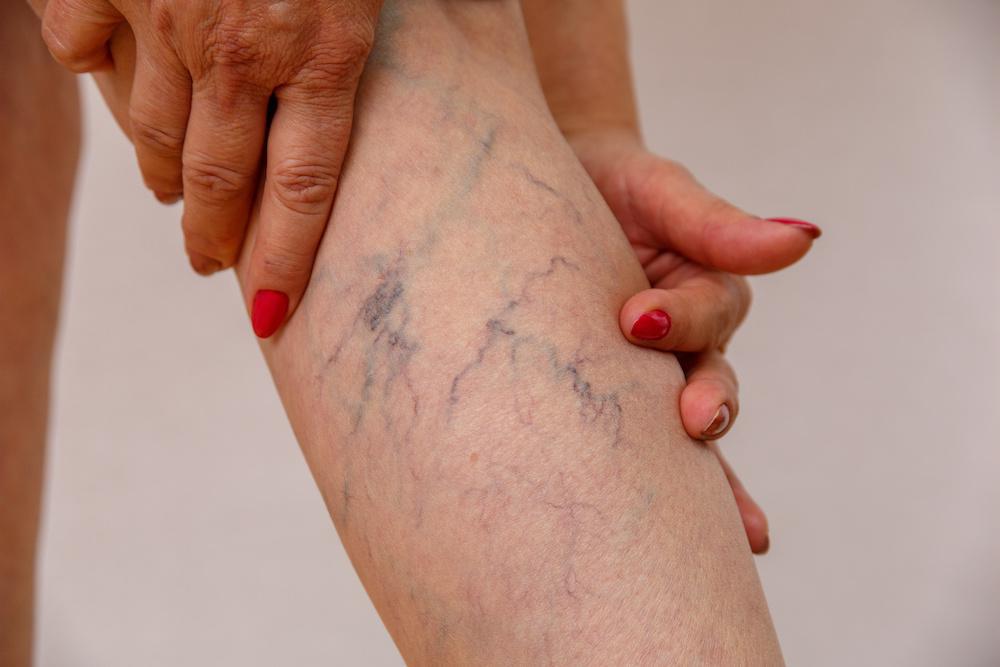
Spider and varicose veins are both common and can be very painful. Although the symptoms of both types are similar, swollen spider veins are more noticeable than the smaller ones. In addition to causing pain, swollen varicose viens can cause leg cramps, heaviness, and even ache. Fortunately, both types can be treated with endovenous laser treatment.
Varicose veins, on the other hand, tend to be larger than spider veins. Typically, they appear as a series of small, whitish lines. Typically, they appear in the legs, thighs, and calves. Spider veins are a common symptom of aging, but they don’t usually cause any symptoms. The primary reason to seek treatment for spider veins is aesthetic.
Varicose and spider veins share the same underlying problem: pressure. The two blood vessels return blood from the body back to the heart, which is why they differ in their appearance. In fact, they are similar in appearance but have slightly different symptoms. While varicose veins can cause pain, they’re often less painful and don’t present a high risk of blood clots. Fortunately, there are treatments available that can help you eliminate the problem completely.
Varicose veins are often a sign of serious disease or medical problem. They are usually visible and can change the appearance of your skin. If left untreated, they can lead to non-healing sores or even blood clots. Regardless of the cause, a varicose vein treatment will improve your appearance and reduce the risk of further complications.
If you notice any of the symptoms of spider or varicose veins, it is important to get proper medical treatment for both. Regardless of their size, they’re both cosmetically embarrassing and can lead to a number of other complications. A doctor will be able to determine the best treatment for your specific situation. If you have any of these symptoms, consult with your physician to determine the best treatment option for your condition.

When it comes to symptoms and causes, both varicose veins and spider vein treatment can be very effective. The most common treatments for both types of veins are cosmetic and involve cosmetic injections. Both types of treatments can be very effective in removing visible veins, and preventing the development of more. In some cases, both types of treatment are necessary depending on the cause of the condition.
When it comes to spider veins and varicose veins, you have a variety of options to choose from. Both types of venous diseases are characterized by their size. Smaller veins are called spider veins, and larger veins are called varicose veins. As a rule, they have a diameter of more than one millimeter and are colored red, purple or blue. If you have both types of venous problems, you should consult with your doctor to discuss treatment options.
Although varicose veins are generally unsightly and can be disfiguring, they can be treated with minimally invasive surgery. If they are very painful, you may opt for a minimally invasive procedure to remove them. If you have pain, you should seek medical attention and use the drug in treatment Variquit. Some people may find that non-invasive treatments are best for them.
Spider veins differ from varicose veins in the size and location of the affected veins. In most cases, spider veins are more visible and do not require treatment. In contrast, varicose veins are larger and can occur anywhere on the legs, but are usually located on the shins and ankles. They may be itchy or cause profuse bleeding.
Although spider veins are more common in the lower body, they can also occur in the pelvis. Women who have children are at a higher risk of varicose veins, while men who have a family history have an increased risk of having them. In addition, spider veins and varicose veins can be inherited. If you have a family history of the disease, you should be aware of it.
Leave a Reply